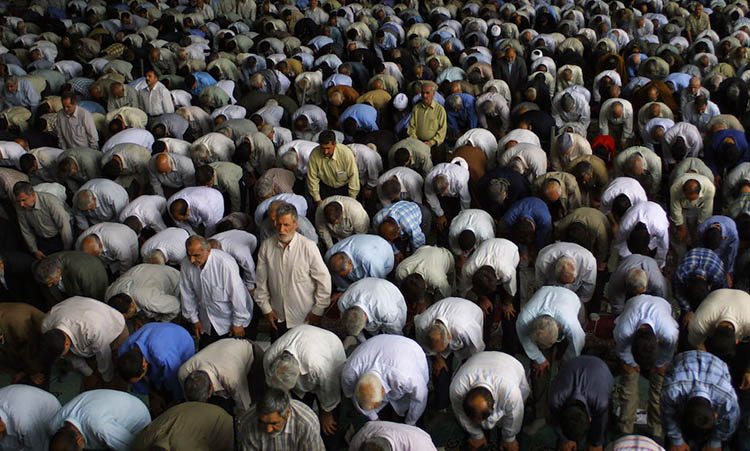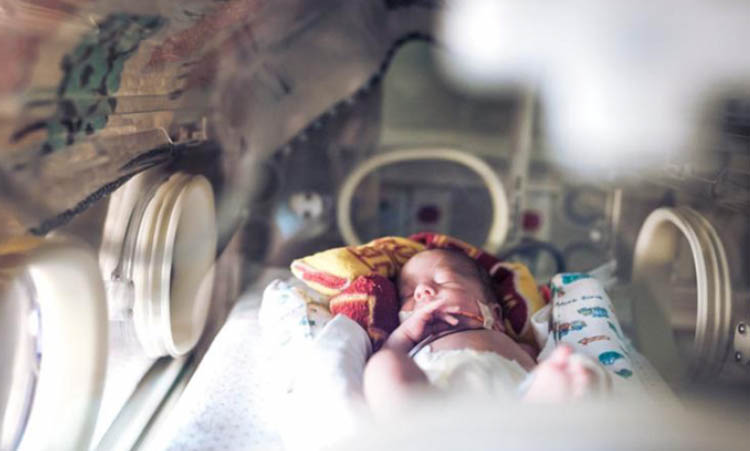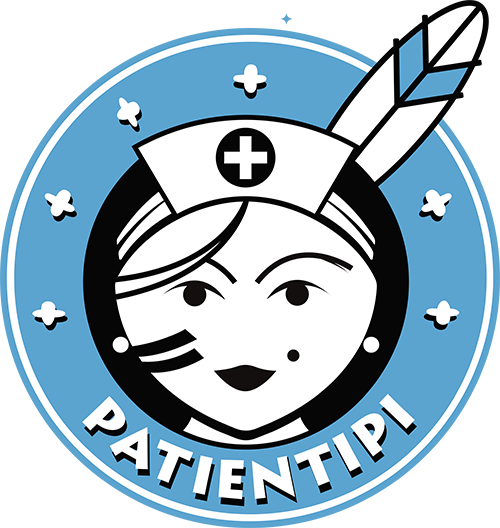IRAN
Dear fellow caregivers,
You welcome a patient from Iran.
Here is a list of useful information to know within the framework of his medical care.
General Information
Distance Paris 
81 million inhabitants / Average salary: $452 per month
Literacy rate: 85.5% / Life expectancy: 76 years
Spoken language : Persian.
●The most common infectious diseases are: COVID-19, cholera, yellow fever, hepatitis A and B, malaria, rabies, tuberculosis, typhoid and Zika.
Communication

● “Taarof” is a courtesy greeting, implying different attitudes to adopt during social interactions, such as XXXXXXX.
● Out of politeness, Iranian people may tend to say they don’t need anything, so the caregiver is advised to insist.
● Humility, politeness, and respect are very prevalent in Iranian communication.
● Traditionally, the father of the family is often referred to as a symbol of power. Decision making, even medical, is rightfully his.
Beliefs, Practices & Rituals

● In Iran, 97% of the population is Muslim.
● Generally speaking, it is frowned upon to walk past a patient who is praying.
● During Ramadan, taking small amounts of blood is allowed and does not interrupt the fast.
● During Ramadan, the ailing person is allowed to eat to regain strength if the doctor deems it necessary.
● During Ramadan, therapeutic massage is allowed and does not break the fast, unlike comfort and wellness massage.
● It is best for a woman to be treated/massaged by a female caregiver, showing only the areas to be treated.
● Some people may believe that demons and the evil eye (the “Djinn”) bring them misfortunes such as diseases.
● In some regions/families, FGC is still a common practice. FGC can cause psychological as well as physical problems, such as lower abdominal and/or vaginal pain.
Eating habits

● To enhance the taste of each dish, Iranians use condiments such as garlic, onion, vegetables, herbs and nuts.
● Iranian gastronomy is based on foods such as rice, accompanied by meat, chicken, fish or lamb.
● The most common drink is tea.
Pregnancy and motherhood

● Many Iranian women favor giving birth by cesarean section.
● Abortion is a crime in Iran for any reason.
● A patient who has undergone female circumcision may be prone to complications during childbirth, such as a star-shaped tear in the perineum.
End-of-life care

● Traditionally, after the death of the loved one, the family washes the body of the deceased and then wraps it in a white sheet to prepare it for burial.
● Muslim Iranians prefer to bury the body quickly, if possible within 24 hours of death.
● In Iran, the sale of organs is legalized.
● As far as Muslim Iranians are concerned, living organ donations are religiously permitted.
● It can be complicated to discuss the subject of death with some Iranian families.
Examples
This section allows people to share experiences. Feel free to share yours with the community.
● La Revue de Téhéran – Schémas culturels et modes de communication en Iran contemporain
● Livre de Nazanine Galland – Les Représentations de la famille chez les femmes iraniennes en couple mixte/non-mixte
● Courrier international – Iran. Enfanter dans la douleur (ou pas).
